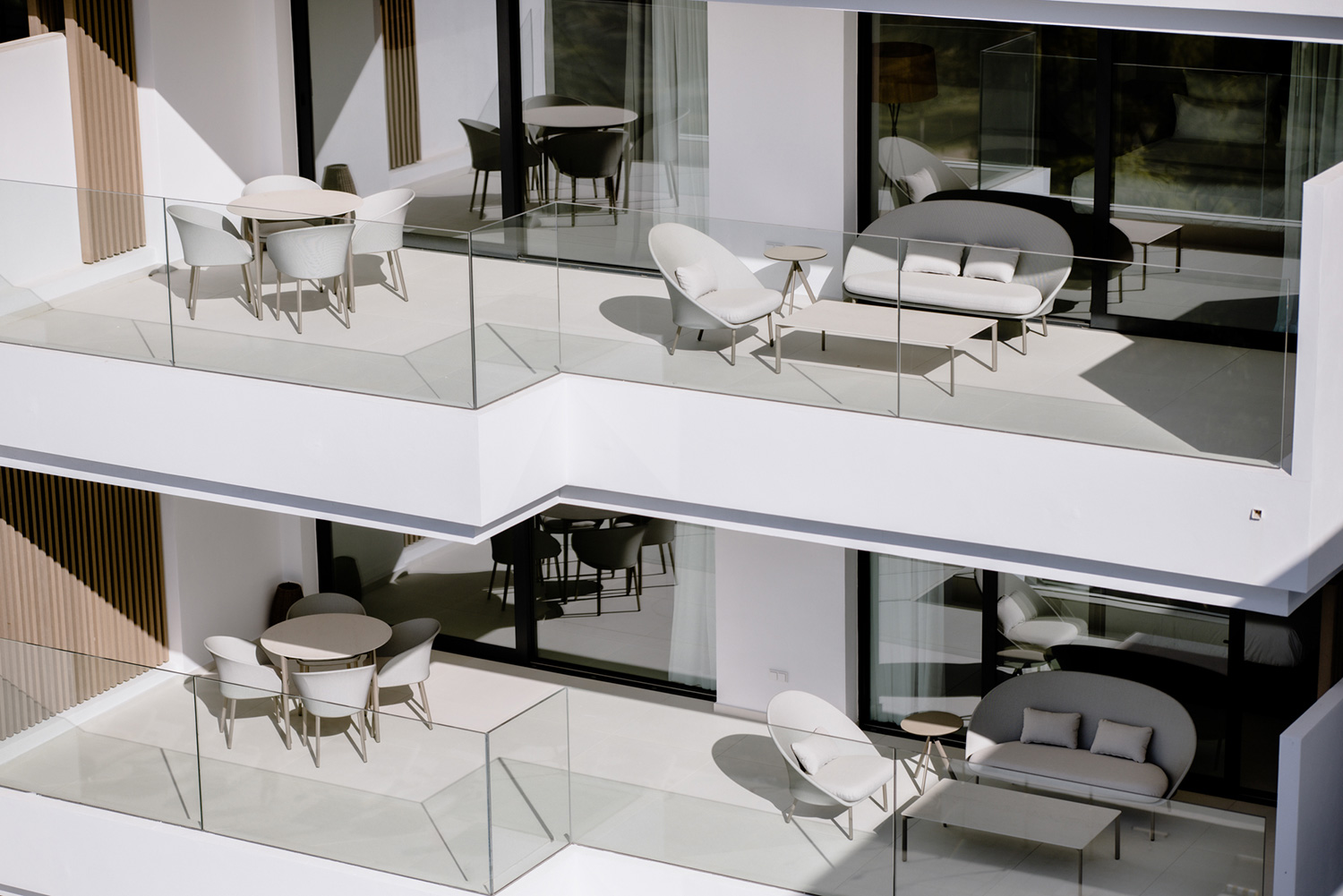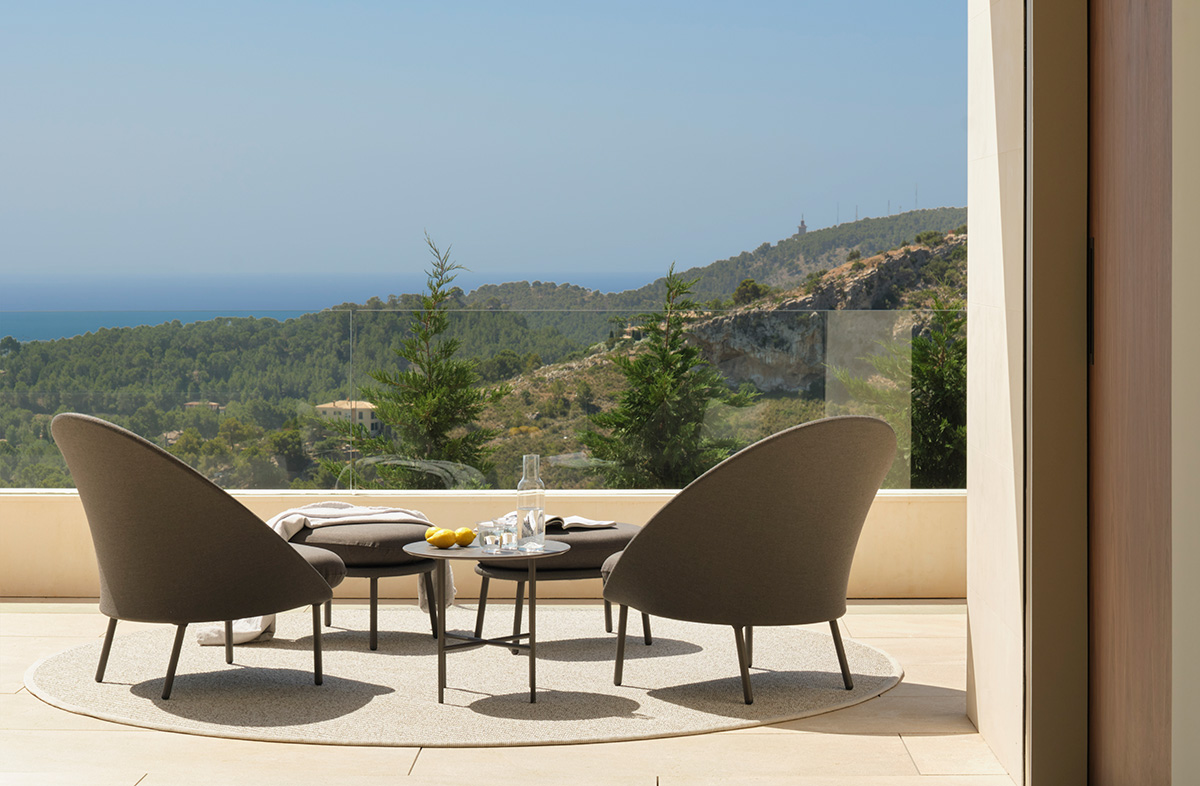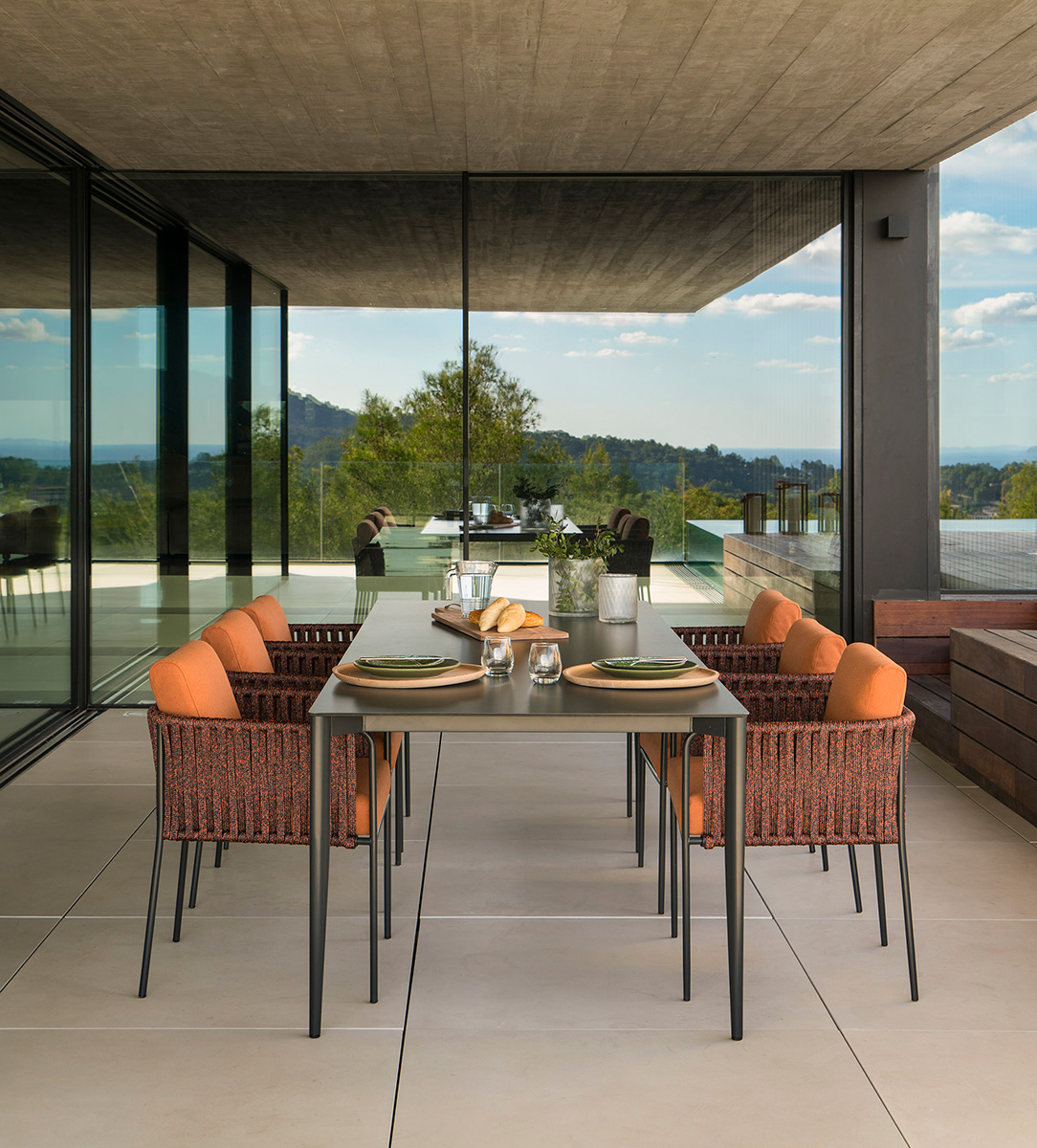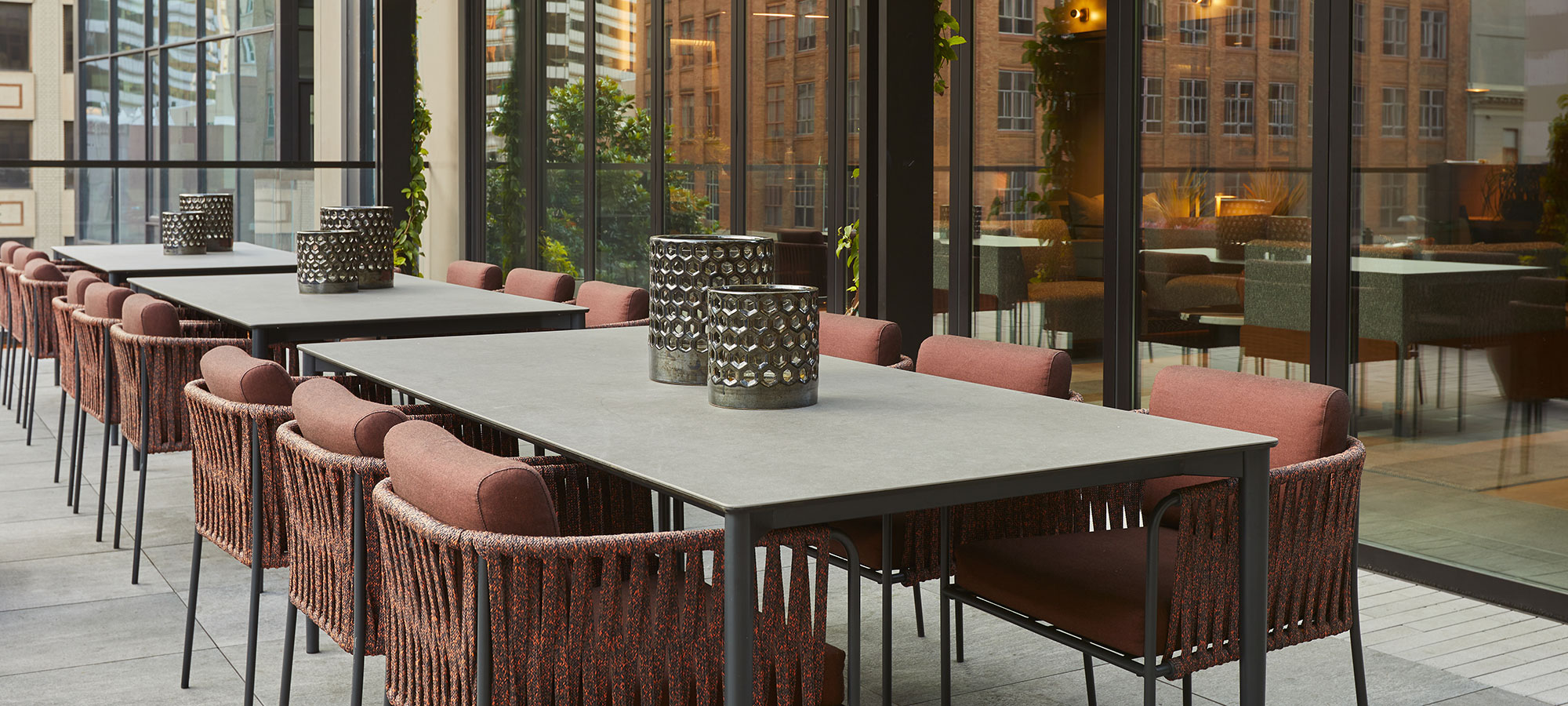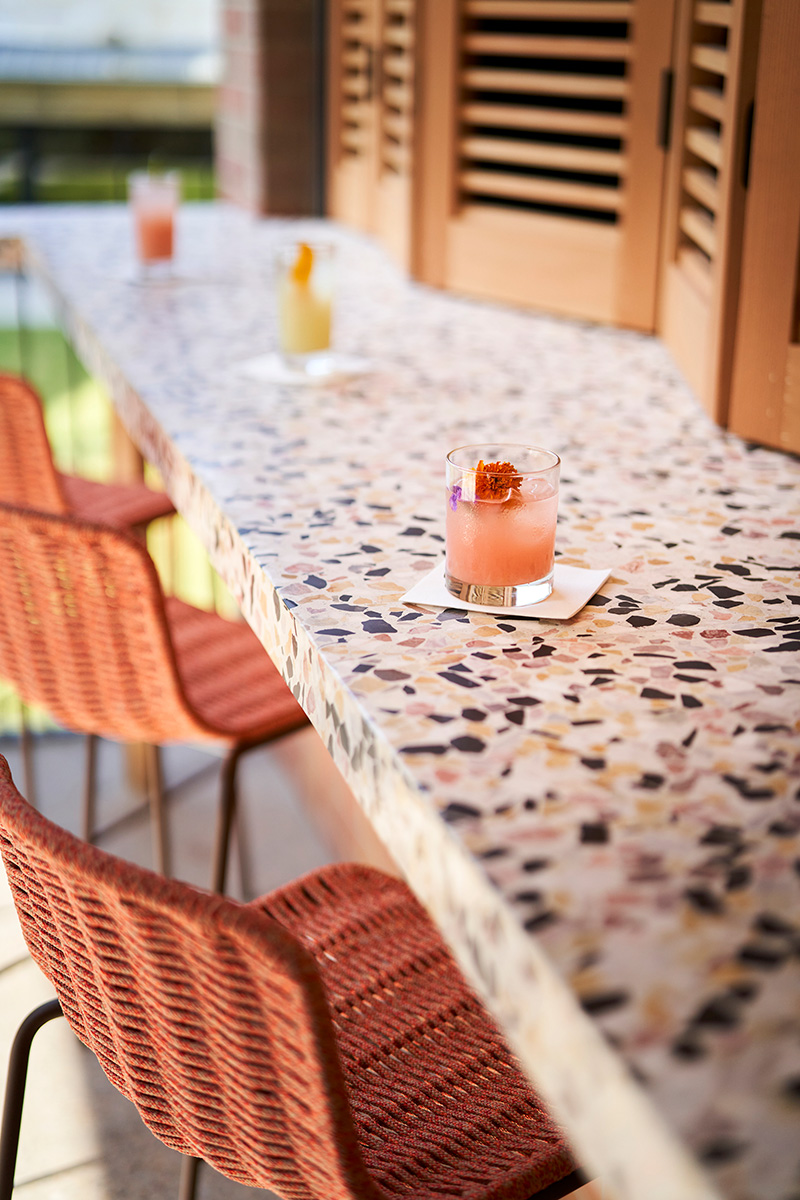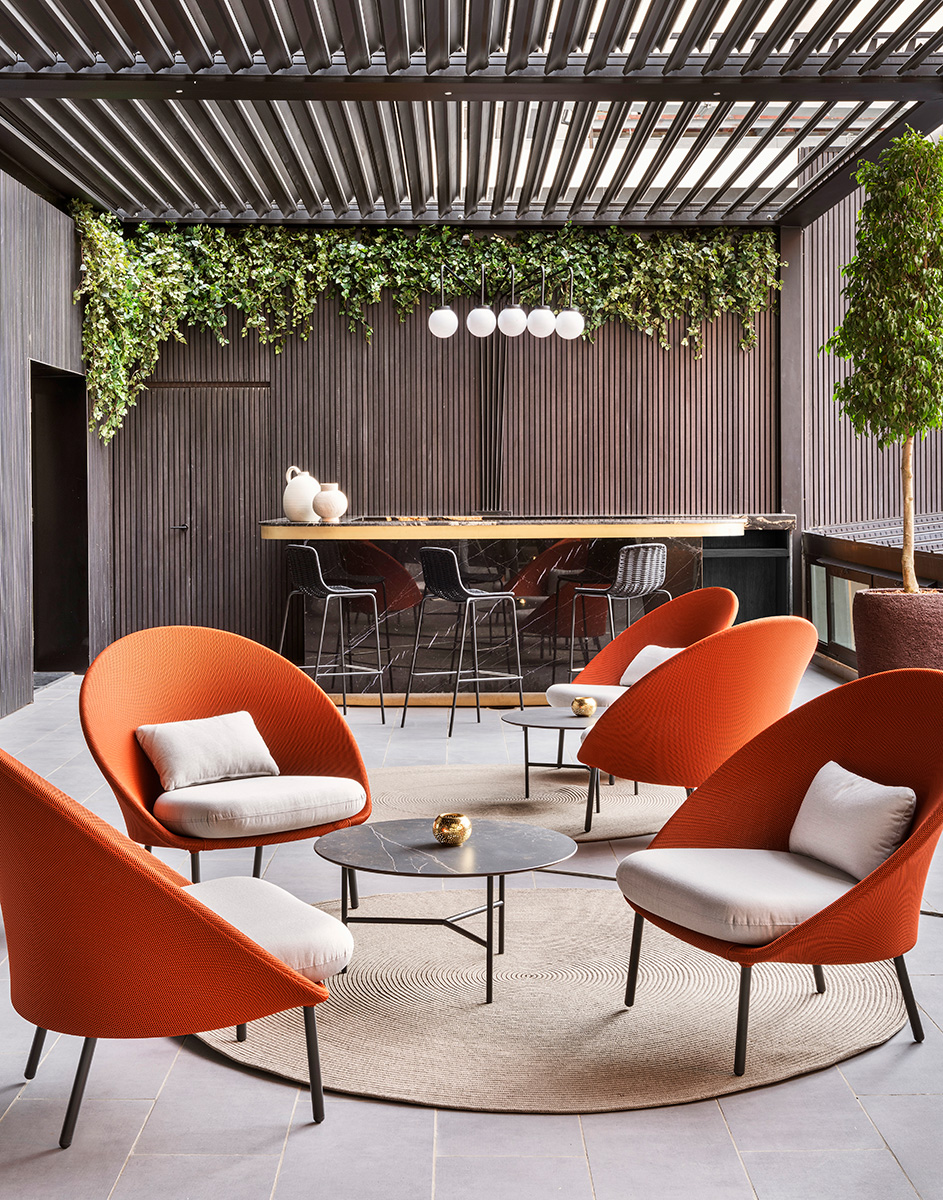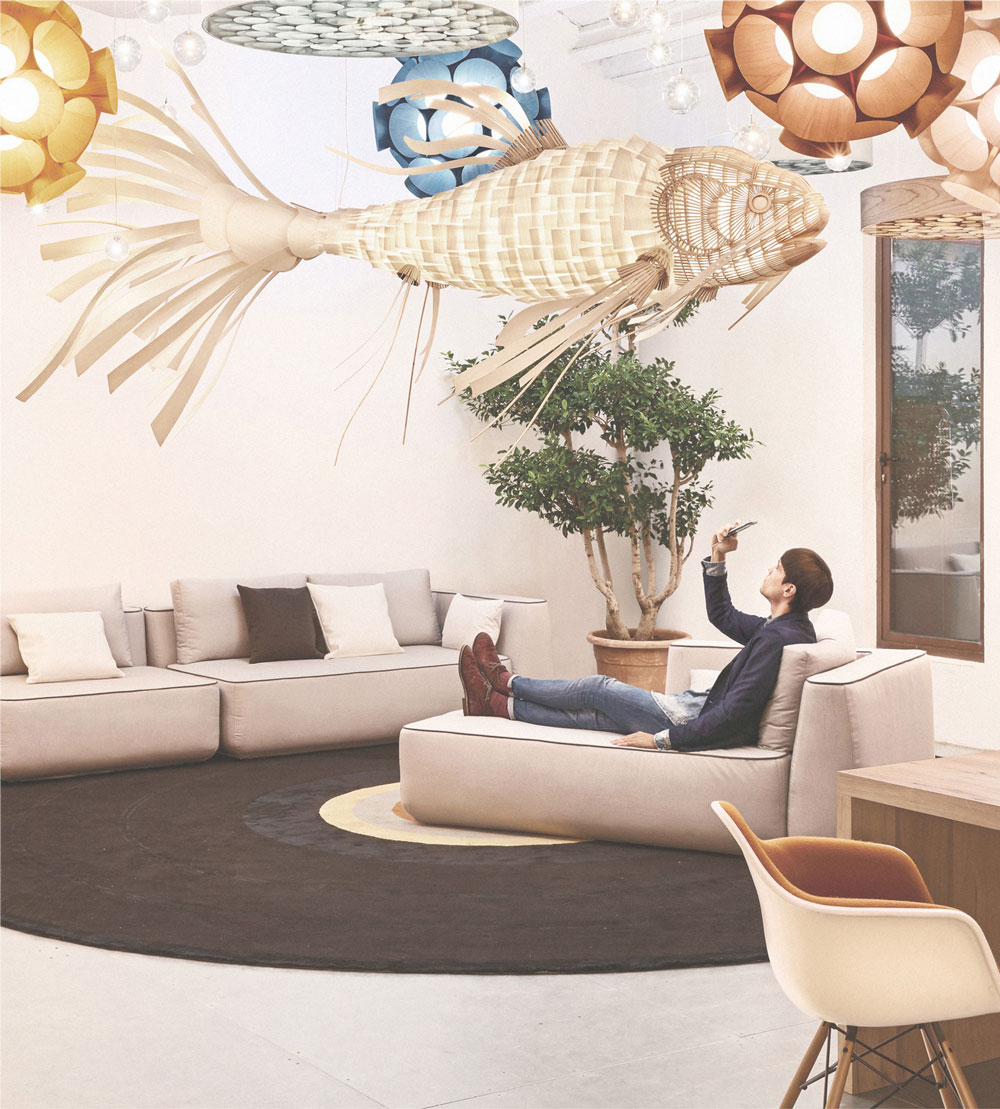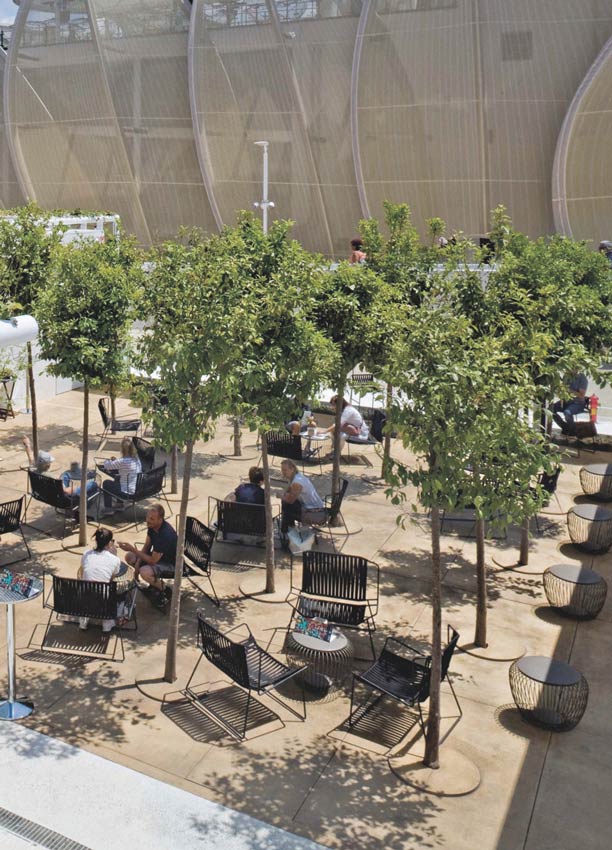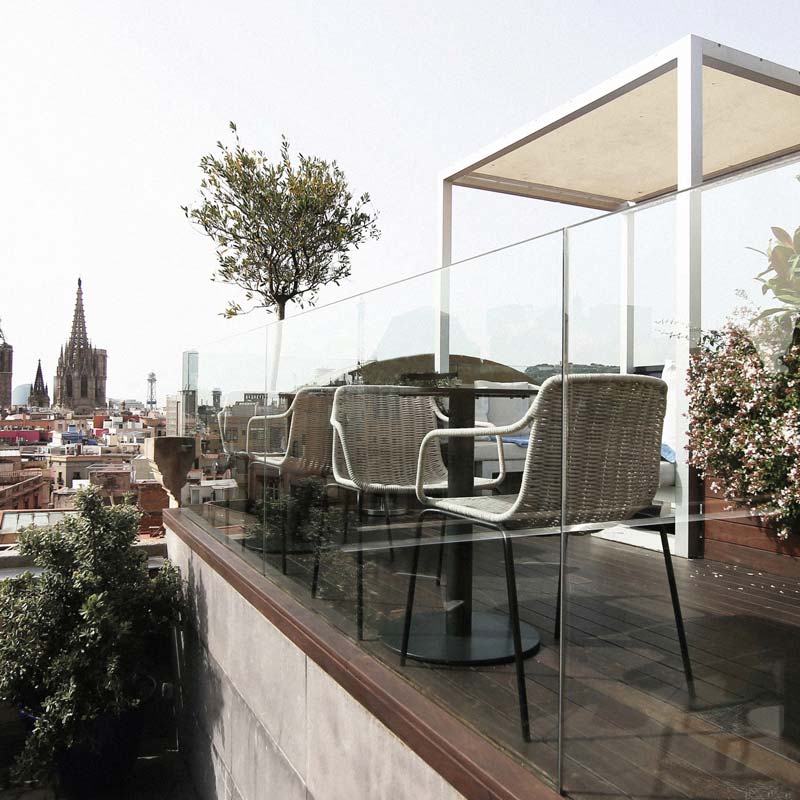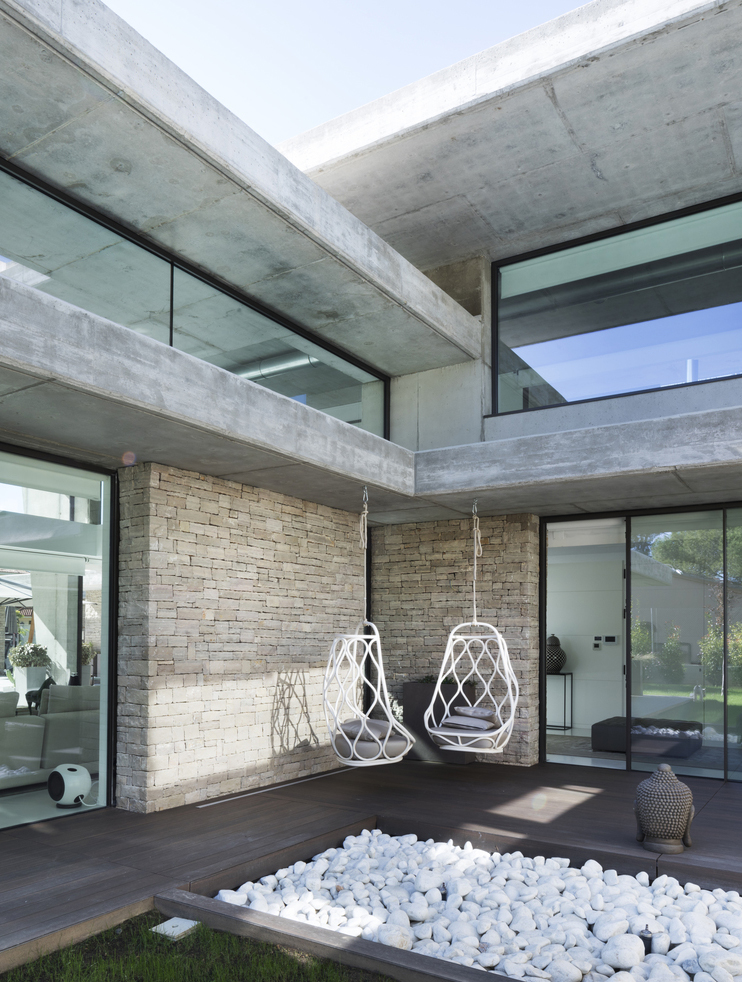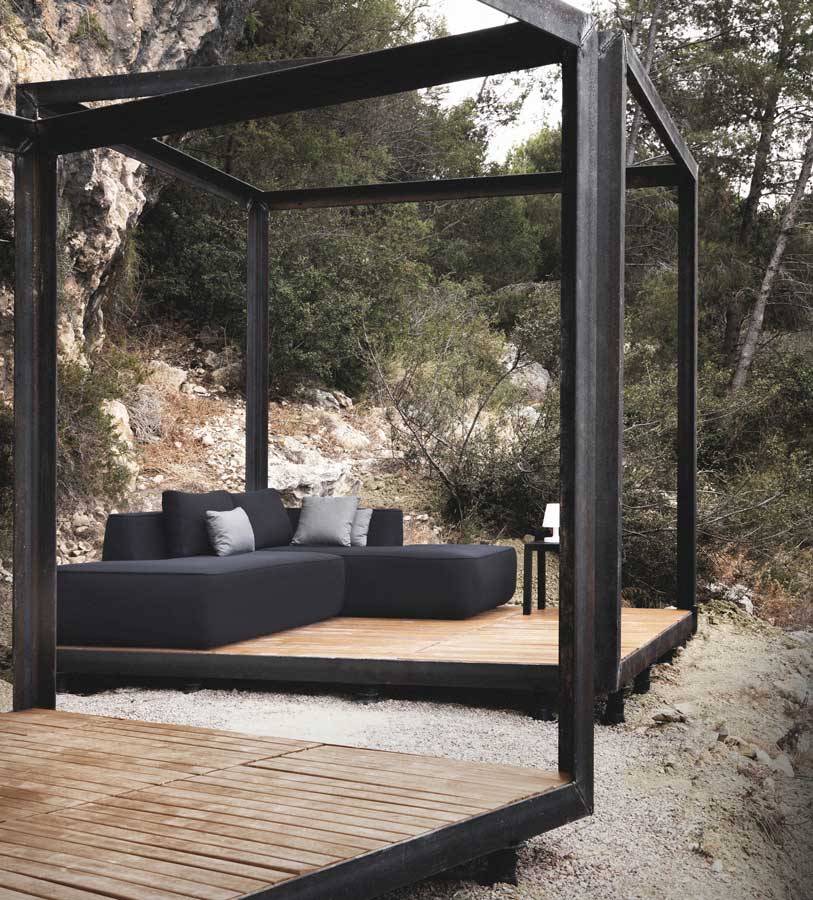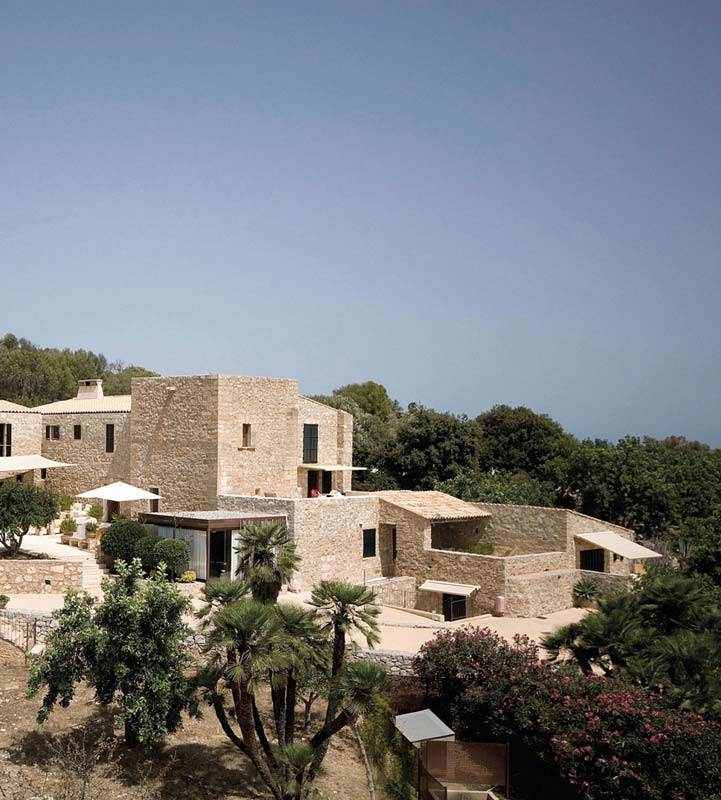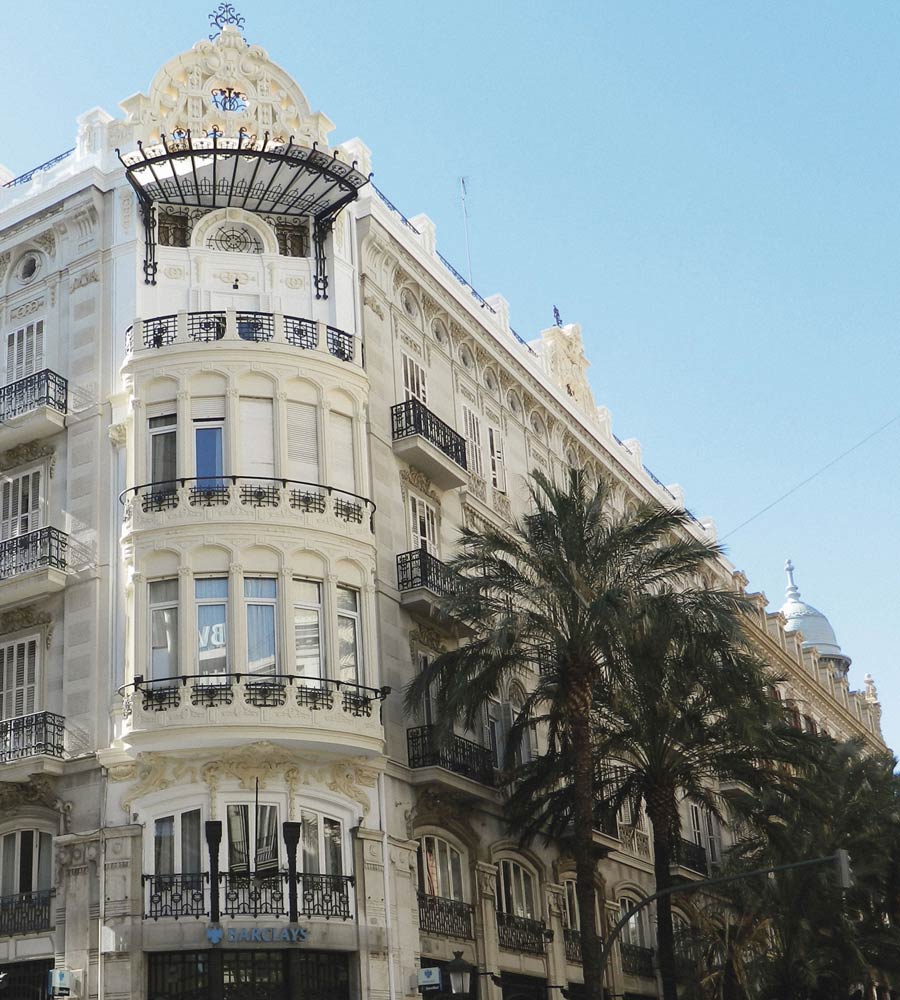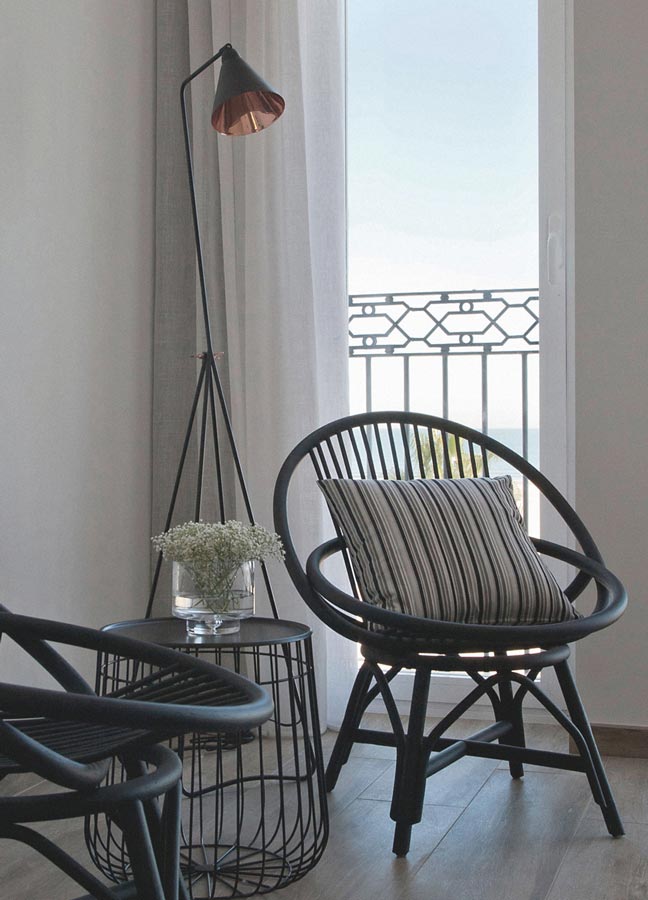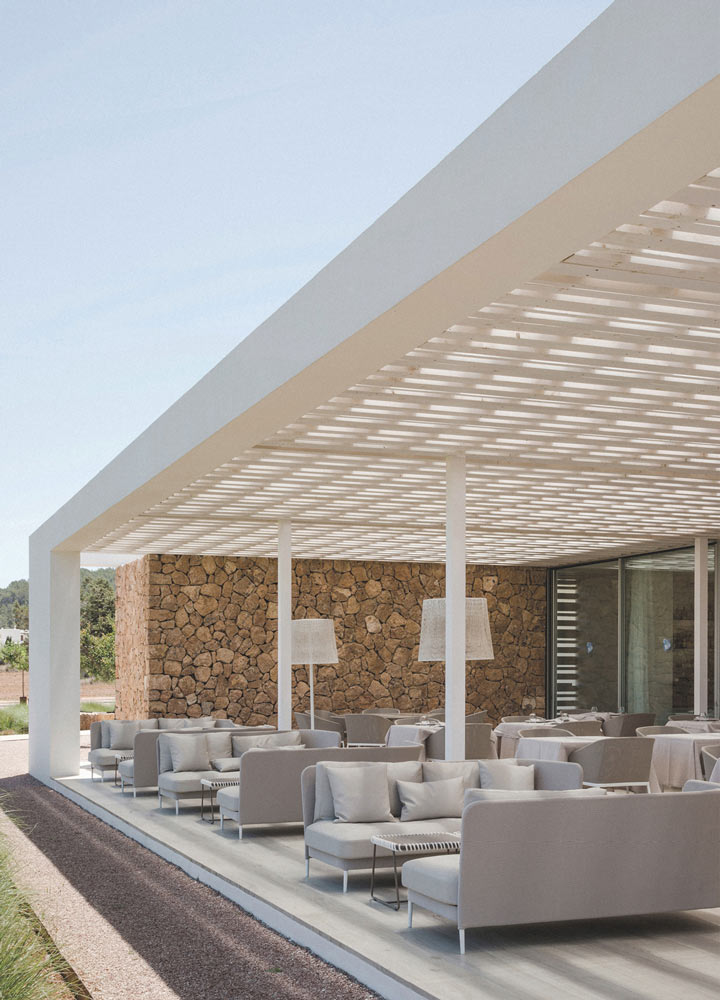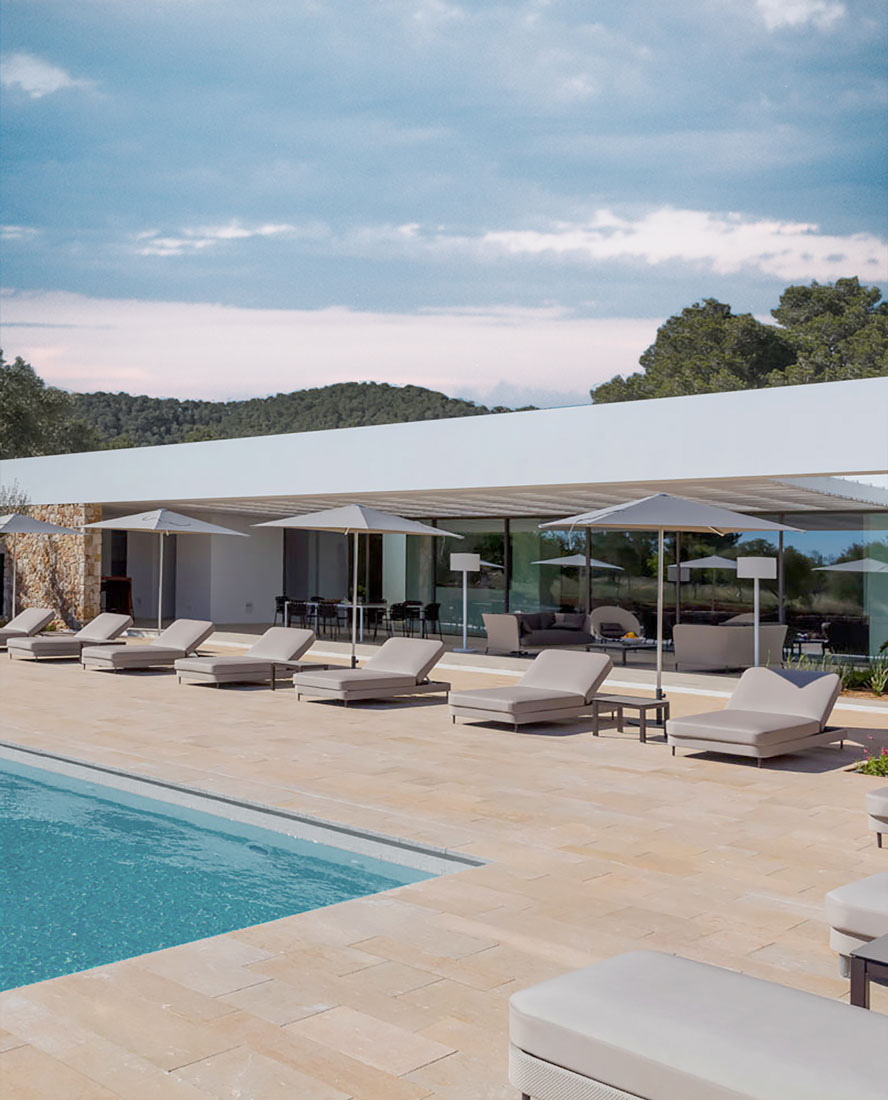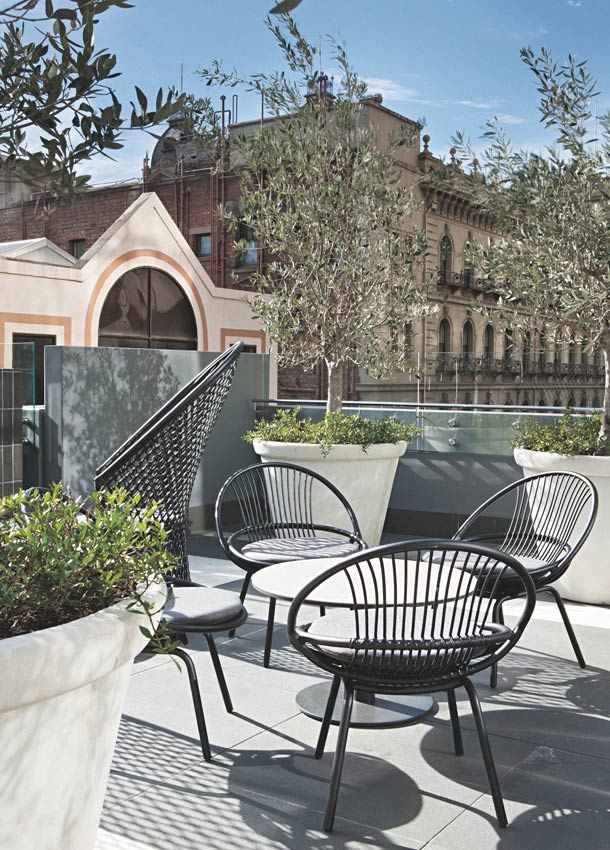 meliá villaitana
meliá villaitana
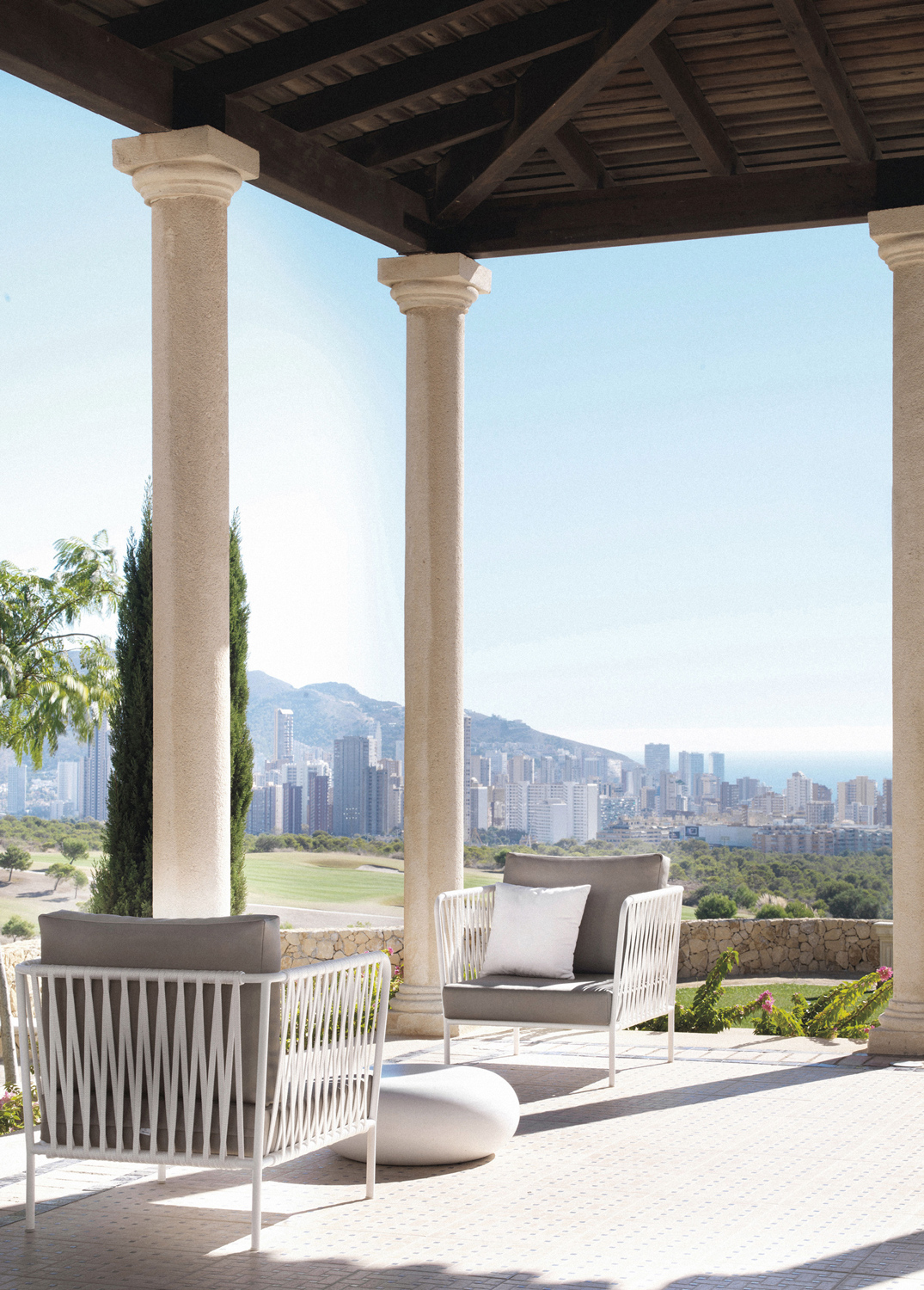
Project design
Andrés & Juan Carlos Piñeiro
Photography
Mimus
Place
Benidorm, Spain
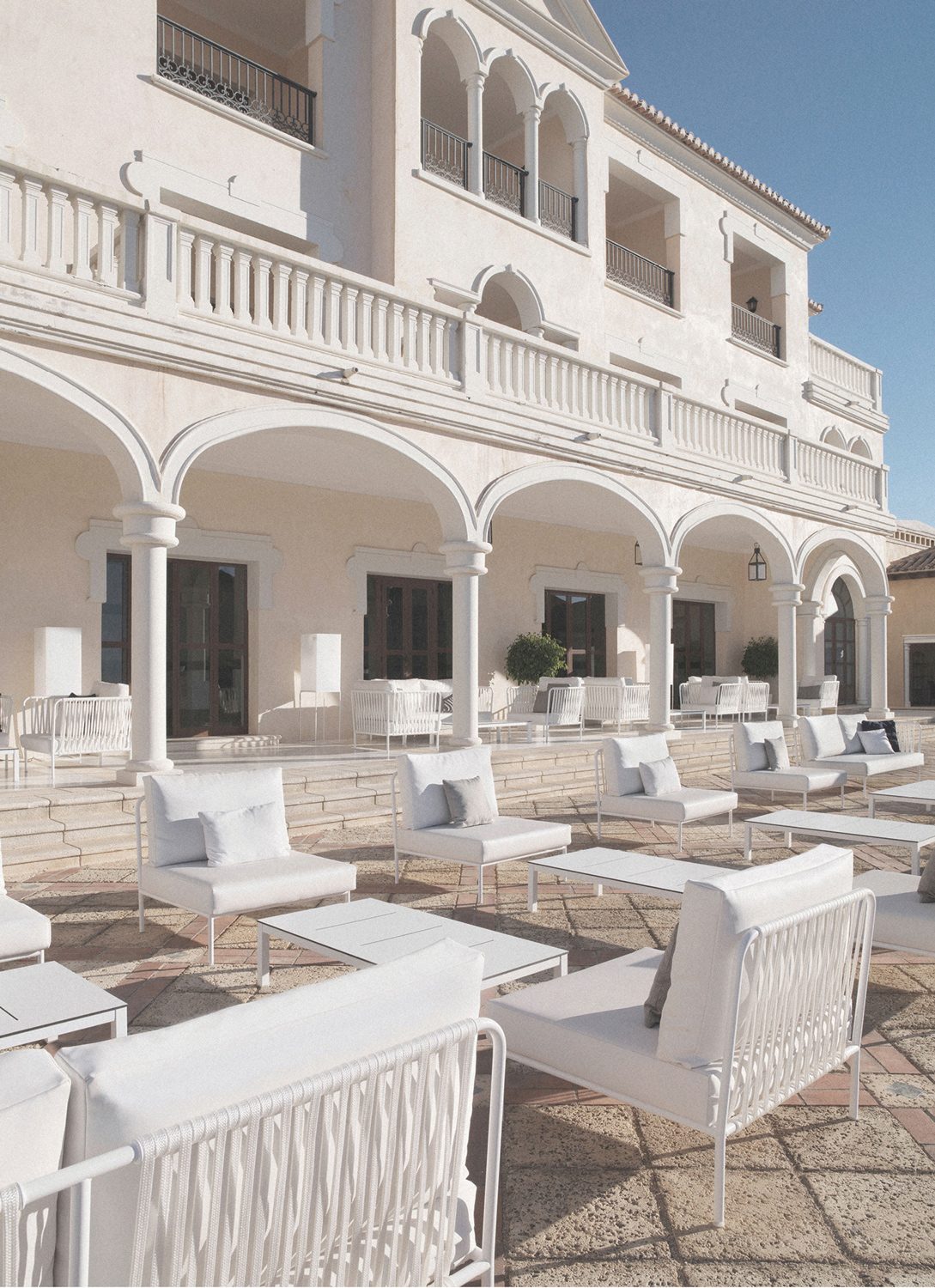

At first sight, it seems an ancient Mediterranean town. The intention of its architects, Andrés and Juan Carlos Piñeiro, was to reproduce historic buildings of the region, such as the Almudín, an old grain store dating back to the 14th century which is currently located just behind the Basilica of Our Lady of the Forsaken in Valencia; the cloister of the orange trees in the ancient monastery of Saint Dominic (Orihuela), in between the Renaissance and the Baroque; the dome of the famous church of Our Lady of Consolation in Altea; the Gothic palace of the Earls of Cocentaina; the municipal palace of Villena with its magnificent columns and arcades; and Alzira’s town hall, a beautiful manor house evoking the Italian Renaissance.
Therefore they went across the region for months looking for references. They drew on its lavish historic sites and artistic heritage, on the urban planning and most emblematic buildings, on the most typical main squares and those hidden places steeped in tradition, always trying to accurately reproduce the architecture and ancestral beauty of the Mediterranean villages. The challenge was making all these mismatched and extemporaneous buildings fit together in a harmonic balance so as not to drift from picturesque to grotesque.
Today it belongs to Meliá Hotels International and it has been divided into two hotels: The Level and Meliá Villaitana. The first is a five-star whose reception is an accurate replica of the municipal palace of Villena while the façade reproduces that of Alzira’s town hall. There it is possible to find several armchairs, modules and chaises longues all belonging to the Nido outdoor collection, designed by Javier Pastor. White and gleaming, just like the wide horizontal arches and the Tuscan columns interspersed between them, they stand still, watching from its privileged position the skyscrapers of the neigh-bouring city of Benidorm located just a few minutes away, and beyond the azure ribbon of the sea. From them, as well as from the environment around, full of details such as lanterns, balusters, stone pavement, palm trees and auburn tiles, emanate the purest Mediterranean essence and that unaccountable fascination for outdoor life.
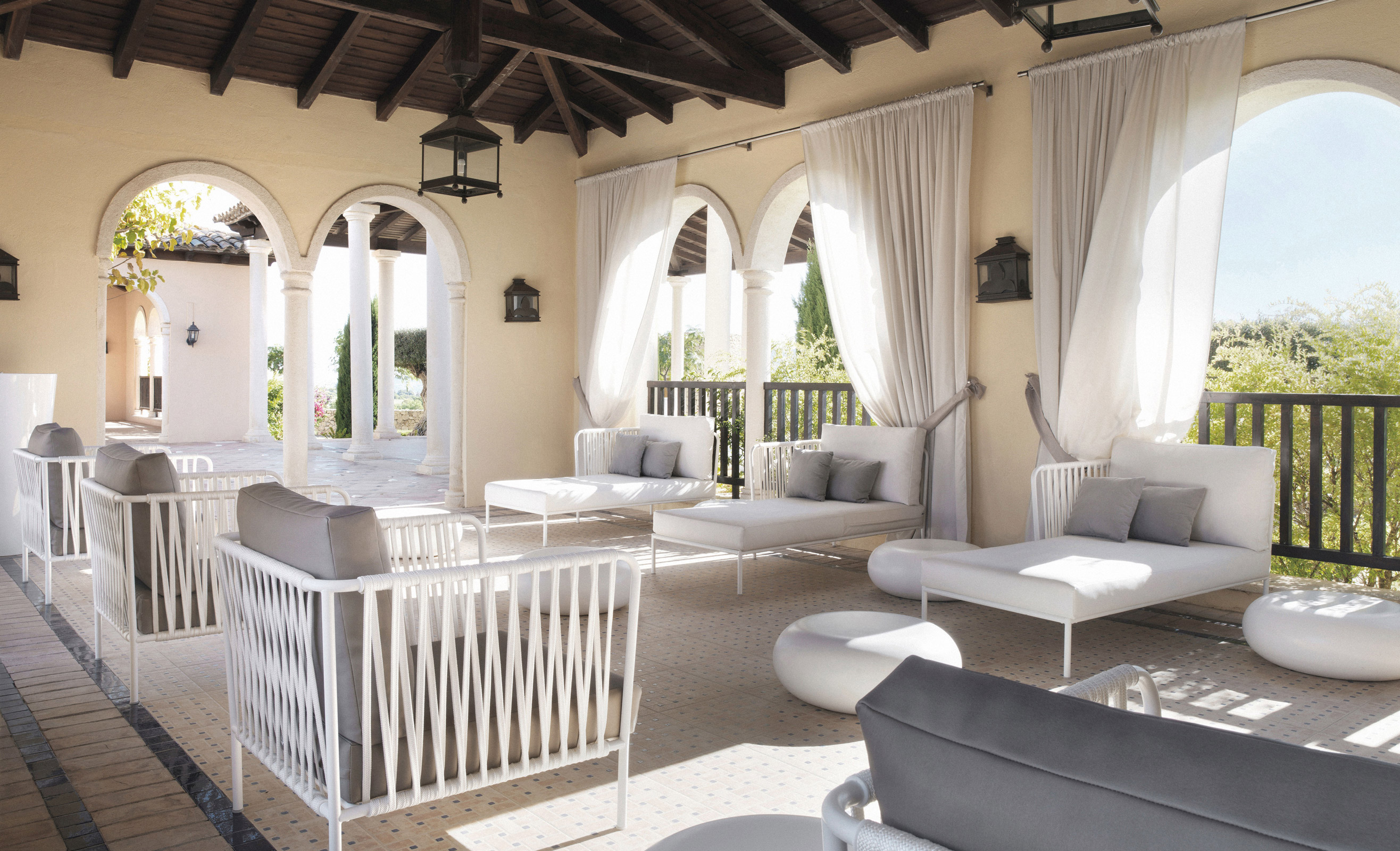

Project design
Andrés & Juan Carlos Piñeiro
Photography
Mimus
Place
Benidorm, Spain


At first sight, it seems an ancient Mediterranean town. The intention of its architects, Andrés and Juan Carlos Piñeiro, was to reproduce historic buildings of the region, such as the Almudín, an old grain store dating back to the 14th century which is currently located just behind the Basilica of Our Lady of the Forsaken in Valencia; the cloister of the orange trees in the ancient monastery of Saint Dominic (Orihuela), in between the Renaissance and the Baroque; the dome of the famous church of Our Lady of Consolation in Altea; the Gothic palace of the Earls of Cocentaina; the municipal palace of Villena with its magnificent columns and arcades; and Alzira’s town hall, a beautiful manor house evoking the Italian Renaissance.
Therefore they went across the region for months looking for references. They drew on its lavish historic sites and artistic heritage, on the urban planning and most emblematic buildings, on the most typical main squares and those hidden places steeped in tradition, always trying to accurately reproduce the architecture and ancestral beauty of the Mediterranean villages. The challenge was making all these mismatched and extemporaneous buildings fit together in a harmonic balance so as not to drift from picturesque to grotesque.
Today it belongs to Meliá Hotels International and it has been divided into two hotels: The Level and Meliá Villaitana. The first is a five-star whose reception is an accurate replica of the municipal palace of Villena while the façade reproduces that of Alzira’s town hall. There it is possible to find several armchairs, modules and chaises longues all belonging to the Nido outdoor collection, designed by Javier Pastor. White and gleaming, just like the wide horizontal arches and the Tuscan columns interspersed between them, they stand still, watching from its privileged position the skyscrapers of the neigh-bouring city of Benidorm located just a few minutes away, and beyond the azure ribbon of the sea. From them, as well as from the environment around, full of details such as lanterns, balusters, stone pavement, palm trees and auburn tiles, emanate the purest Mediterranean essence and that unaccountable fascination for outdoor life.



